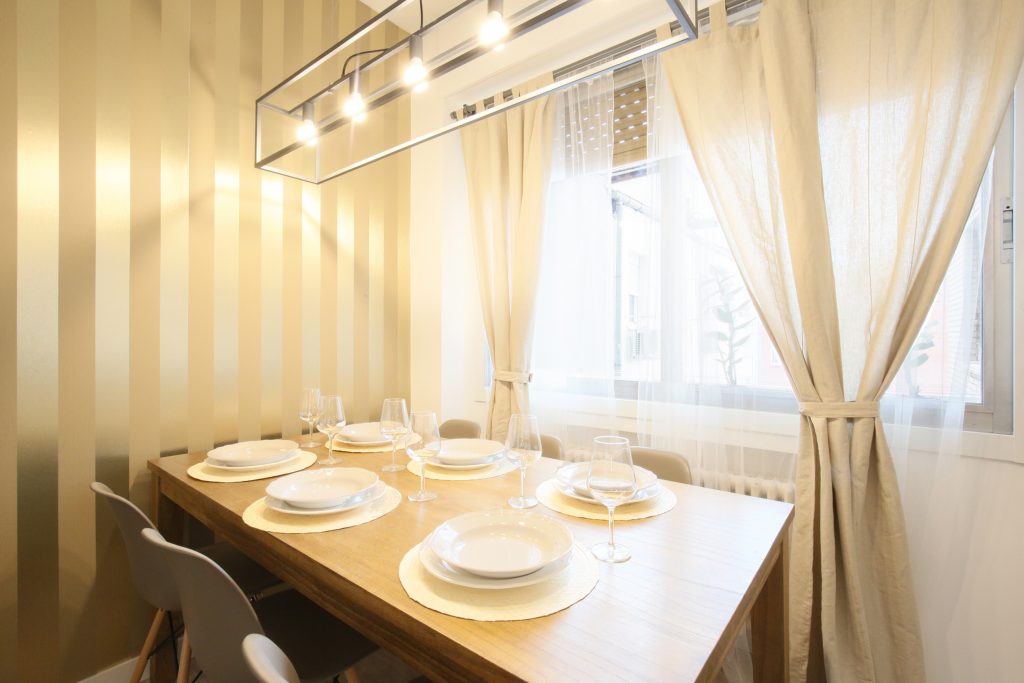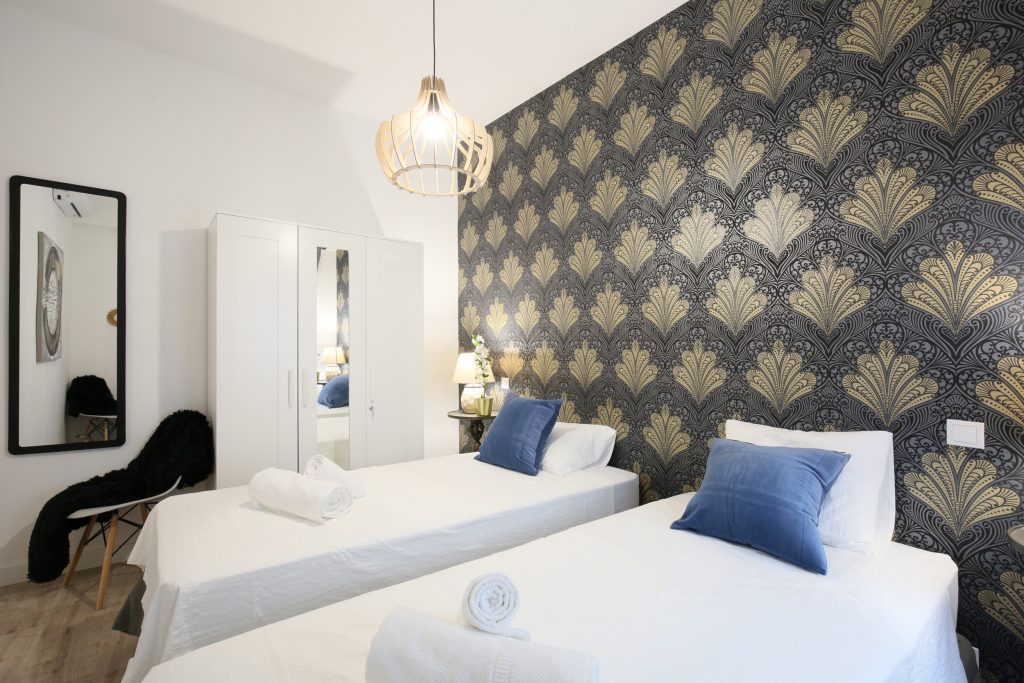Expert’s predictions for the Madrid real estate market: Where are we headed in 2020?
After a strong performance in 2017 and 2018, the Madrid real estate market moved sideways for most of 2020. At the beginning of 2020, the question on everyone’s minds is: Where are we headed? Is the market just taking a breather before it continues growing, has it found a comfortable, sustainable level of pricing or are we poised for another crash? We asked a number of experts in the field what they thought. Here are their predictions:
Jose Francisco García Molina
WeGuest
In 2020, I think Madrid property prices will steadily decrease. Outside Madrid, by the end of the year I think we will see opportunities in the real estate markets in cities where prices soared in recent years.
I think rental prices will remain at current levels, or may slightly decrease. I think mortgage rates will remain low.
However, I think we could see some changes in taxes that may affect our predictions.
In my opinion, the most interesting trend in 2020 will be the introduction of fully operative smart locks for properties rented on home sharing platforms.

Moving2Madrid clients maximize their return by buying an apartment, refurbing it and renting it as an Airbnb
Oscar Gilsanz, Attorney
Gilsanz & Martin Abogados
I think that prices and rents in the Madrid real estate market will not see much change in 2020. I don’t think prices will go down much because the price of Madrid is very competitive. Rents will remain stable because the [range of apartments on] offer is not very wide.
I think mortgages will go down because managers will have less financing capacity.
I think some good opportunities may arise if the Madrid property market slows down.I don’t believe there are any threats to the Madrid real estate market in 2020.
Genelva Echavarri
COO of Imagine Global
As the Government of Spain has many Laws in their political agenda to implement in 2020 it is very difficult to make specific predictions because it all depends on them.
As Podemos [the Spanish left wing political party] wants, it seems that they will regulate Madrid rental prices and tourist apartments [apartments listed on home sharing platforms like Airbnb], two of the most important problems that we have in Spain today. These are two reasons why the price bubble continues to expand.
The same problem is happening with the banks providing mortgages to purchase property. They are waiting for the movements and decisions of the Government about taxes and payment on bank and credit services.
As it is the Government that brings very important changes to social and economic areas, everybody is waiting for them, as recently happened with the minimum wage laws. The same day the Vice President of the Spanish Government implemented an increase in the minimum wage, the first cost-cutting measure taken by some companies was to announce redundancies.
In summary, I’m afraid I can not say anything more until the politicians have done their job.
Pierre Waters
CEO Moving2Madrid
Before I start making any predictions, I want to point out that the most important thing is not to try and time the market, but to focus on the long-term. Madrid rental yields oscillate between 3.7% and 5% over long cycles (15-20 years), so rather than making short term predictions, I think it is important to try and see where we are in the cycle and plan accordingly.
That said, in terms of prices, we are still 15% shy of the last peak. Thus, I think prices will be stable or slightly increase in the Centre of Madrid, with lower volume than in recent years. This is actually a good prognosis because the last time around, there was too much liquidity in the market which caused it to overheat.
In terms of rents in Madrid, I think they will be the same as least year because the dynamics are still the same. That is, demand is increasing much faster than supply.
In terms of demand, the population of Madrid is increasing- it is forecast to double in the long term. Moreover, the underlying economic fundamentals of the Madrid economy are strong: average income is still increasing strongly, Madrid creates one out of three jobs in Spain, the city has the lowest unemployment, highest average salary and lowest property taxes in the country.
Supply, on the other hand, is constrained. This is because there is a low percentage of people that rent in Madrid, which limits the supply and quality of rentals.
There is still a low supply of high quality apartments in Madrid
Regarding Spanish mortgages, we are in an interesting place right now. Spanish mortgages are approaching European levels, which are lower than the we have seen in the past in Spain. Banks aren’t making much money right now and competition is high. This is excellent news for people that want to buy property in Spain. We suggest buyers take advantage of this fact and leverage their purchases, even if they don’t need to. As for my outlook on mortgage rates, I think they will remain stable in 2020.
In terms of politics, Spain in general is less legally stable than US, UK or France. That said, Madrid is different than other places in Spain. There is always a lot of noise but very few actual changes take place. It has been this way for 20 years in Madrid. The local government is right wing and the national government is left wing. This alternance we is good as it usually leads to very balanced measures.
Barbara Wood
The Property Finders
Note: Barbara Wood focuses on the coasts of Spain, rather than the Madrid market. We have included her thoughts in this round-up because many international buyers purchase property on the coasts. According to Ms. Wood,
The reality is that 60% of all Spain’s property sales occur in Mediterranean coastal regions on the mainland and in the Balearics and the Canary Islands. Remember, foreign buyers account for almost 20% of the total market.
As Ms. Wood points out, new builds are much more common on the coasts in Madrid. As she says,
For reasons I have never quite understood, foreign buyers are like moths to a flame if new-build is available, even when the location is inferior. The fact is there is very little raw building land available in the very best locations, it was built on years ago. Consequently, it follows that much of the new-build activity is not in prime locations.
Nevertheless, the appetite for new-build properties has seemed unstoppable, with contemporary and minimalist architecture at the top of everyone’s list. However, since the recovery started the supply side of new apartments and houses lagged way behind demand. Inevitably, this imbalance skewed new-build prices, to an extent I believe was unsustainable. New may be nice but is it worth paying double, or even more, per square metre than a resale? I don’t believe it is but overseas buyers have been doing it.
I think the threat to continued market expansion is price rises [rather than falling demand], for two reasons:
First, as I mentioned above and in my reports, new build prices are looking very unrealistic. Scarcity of new projects, for which there is always high demand from overseas buyers, has allowed developers to name their price. Unfortunately, many buyers have failed to do the due diligence and make comparisons with the resale sector. As the supply side continues to improve with more new product coming through, I predict serious downward pressure on new-build prices. They are not sustainable- the differential between prices per square metre of new-build versus resale properties is the highest I’ve ever seen it. In some cases people are paying 50% more per square metre just because something is new and in most cases, not as well located.
Secondly, many sellers in the resale market have misinterpreted price levels in the new-build sector as an indicator of what their property is worth and are ramping up their asking prices to similar levels. Personally, I think the appetite for a property in Spain remains high but buyers will start to hesitate if prices are unrealistic.
It is also relevant that mortgages for overseas buyers are still quite tight, in the sense that big deposits are required. Long term fixed rate mortgages are very attractive but the typical overseas buyer is going to need 30% – 40% deposit.
Do you want to invest in the Madrid real estate market? If so, there are still plenty of excellent opportunities available by following Moving2Madrid’s investment strategy: identify value where others can’t. Look for an apartment with characteristics that average buyers don’t like and refurbish it. Moving2Madrid clients have found that every 1€ invested in refurbishment returns 1.5€. To learn how to take advantage of this opportunity, book a FREE CONSULTATION TODAY.
Posted on 28 February, 2020 by Admin in Invest, New? Start Here







Leave a Reply